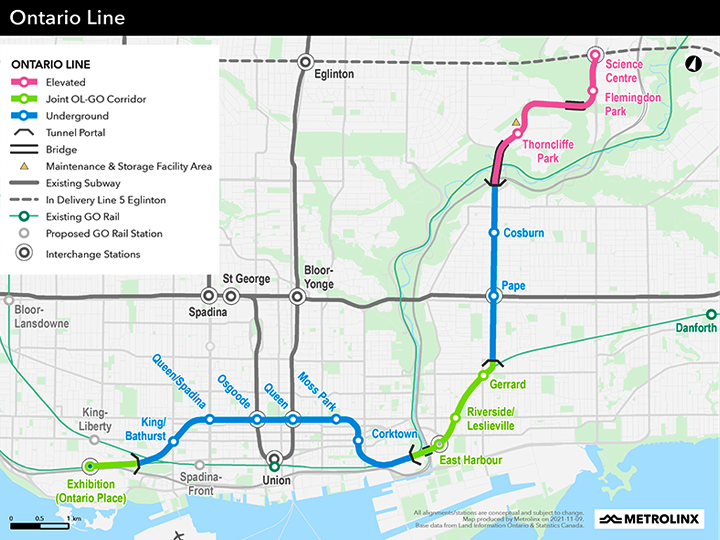Ontario Line - December 2023 Market Update
Elevated Guideway and Stations
Development Phase Agreement Jan – Mar 2024
Contract Execution Jan – Mar 2025
Pape Tunnel and Underground Stations
Development Phase Agreement Jan – Mar 2024
Contract Execution Oct – Dec 2025
My concern is, why is the contract execution for the Paper Tunnel all the way close to 2026!? This will be close to the next Provincial Election and will be very close to the opening in 2030/31. If there are issues than we can expect delays similar to the Eglinton LRT. This contract should be executed in early 2025.
Link to Market Update
https://www.infrastructureontario.c...3d975054aaa8298205/dec-2023-market-update.pdf
Link to CEO Letter on Market Update
https://www.infrastructureontario.c...9463d975054aaa8298205/ceo-letter-dec-2023.pdf


